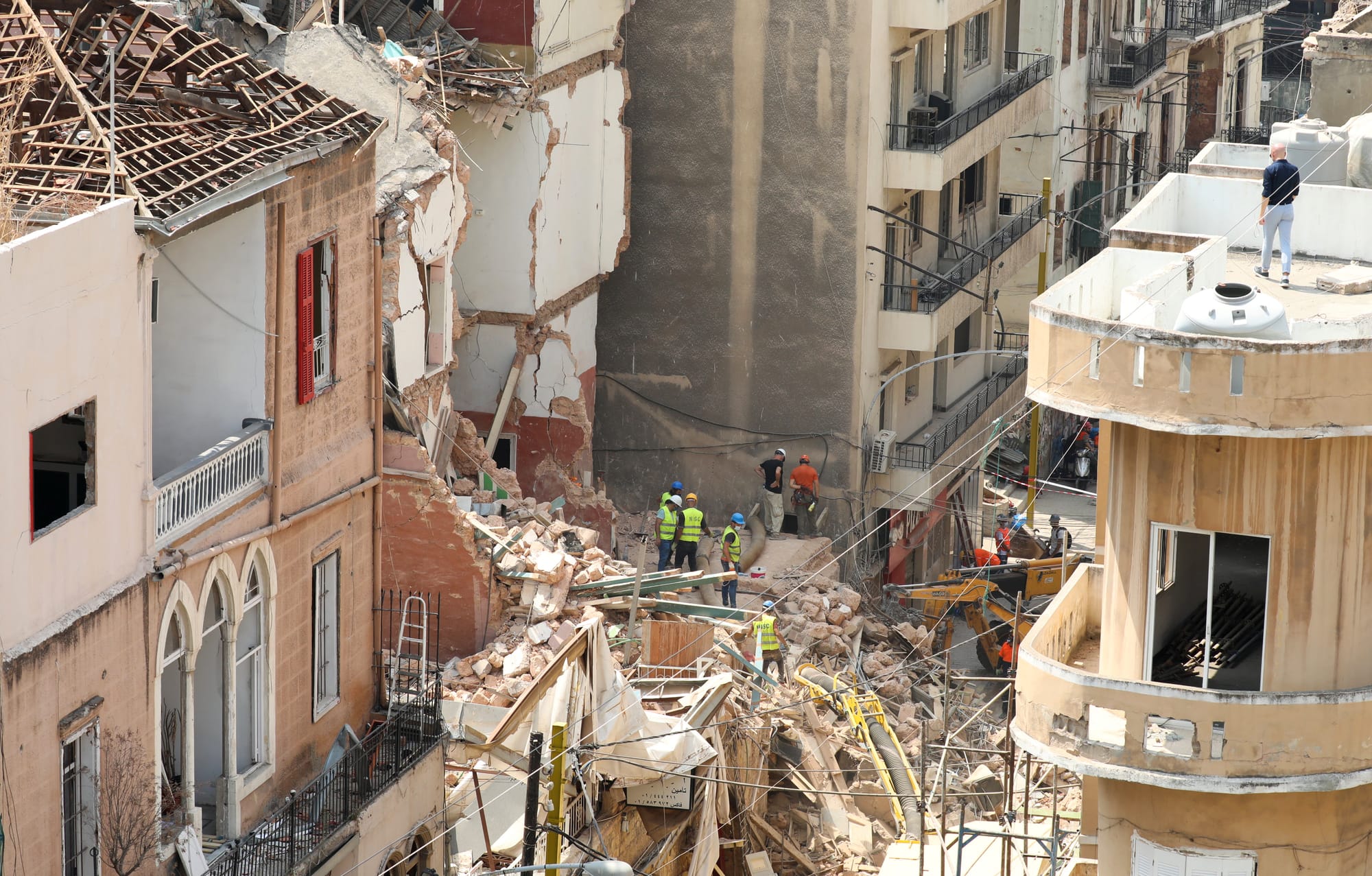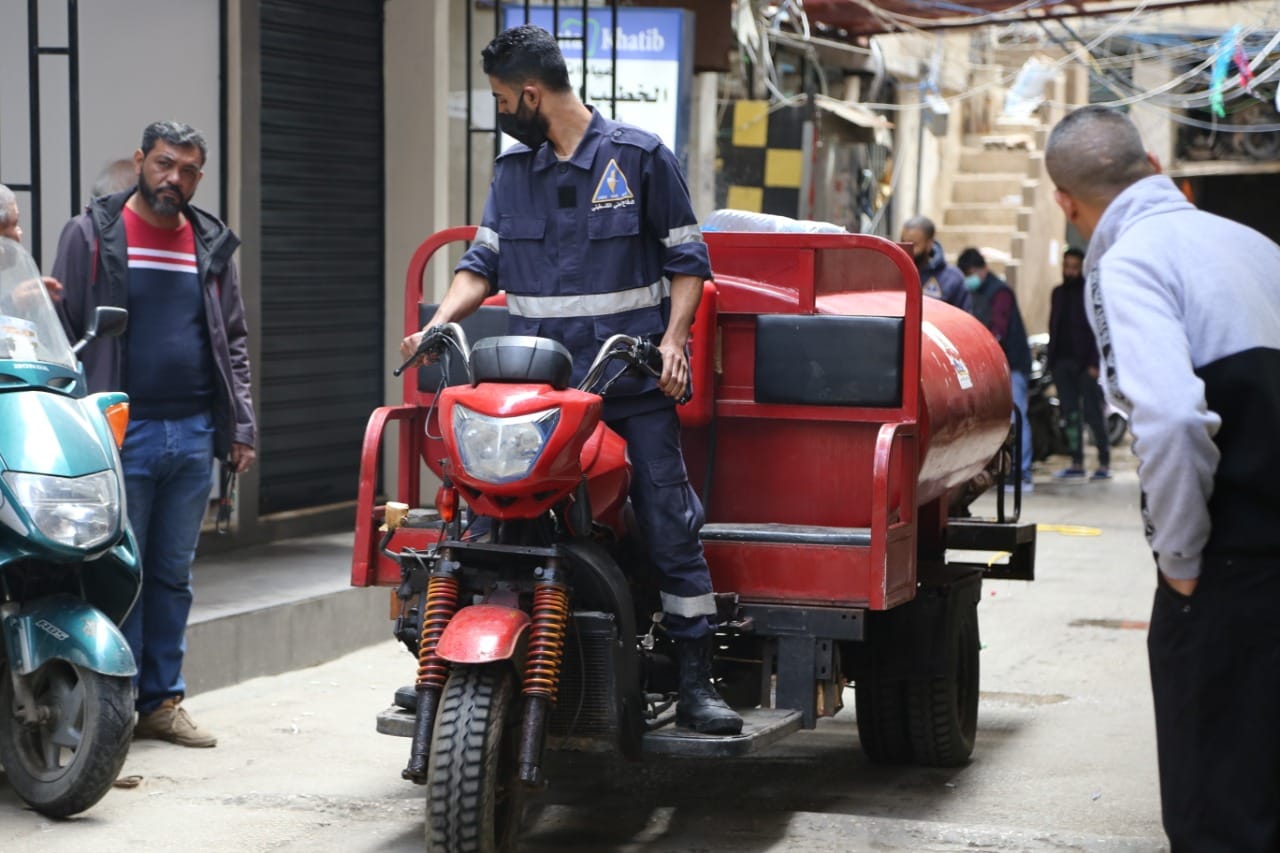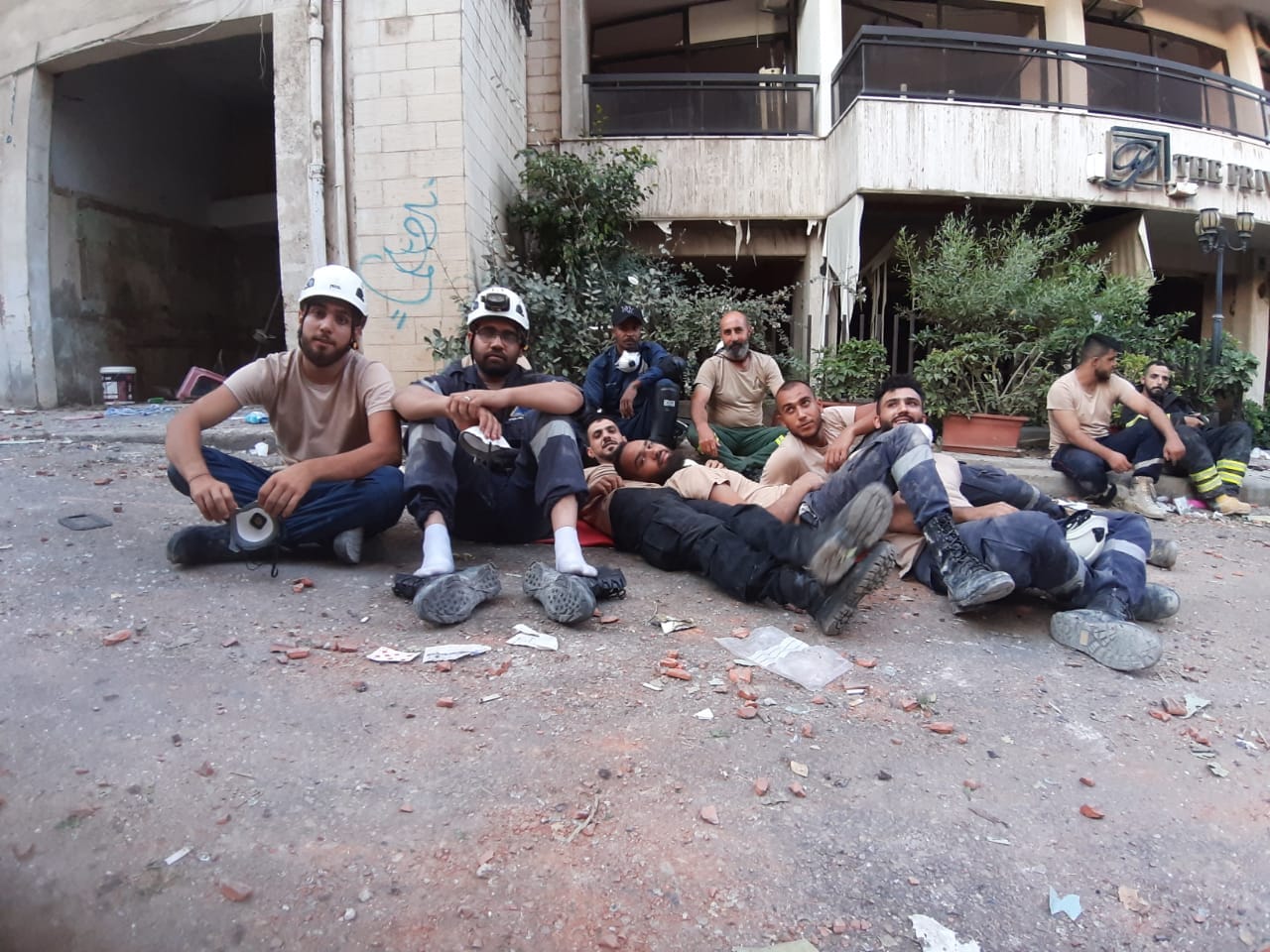Palestinian Refugee First Responders Rush to Aid Beirut
The Palestinian Civil Defense was praised for its efforts after the explosion in Beirut. This is the story of how a group of stateless refugees built an organization that saved lives when everything came tumbling down.










